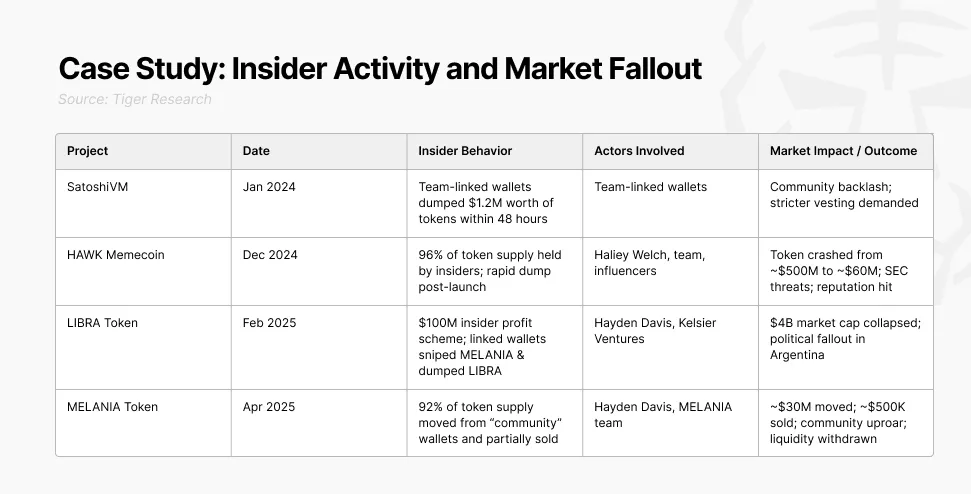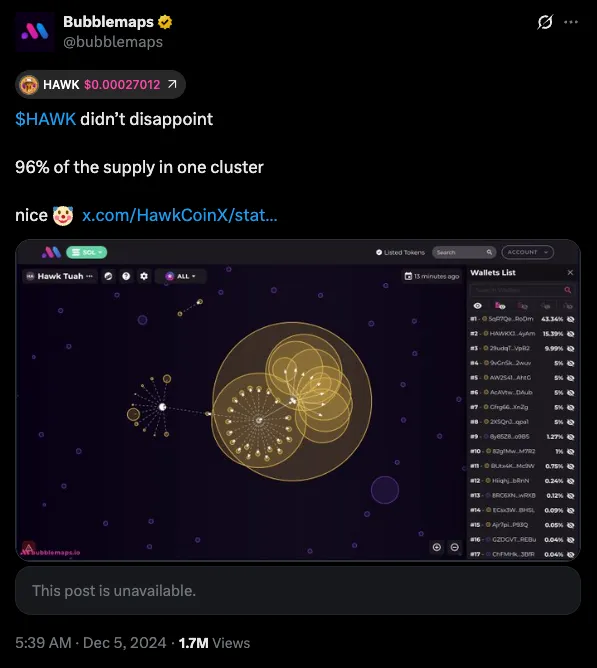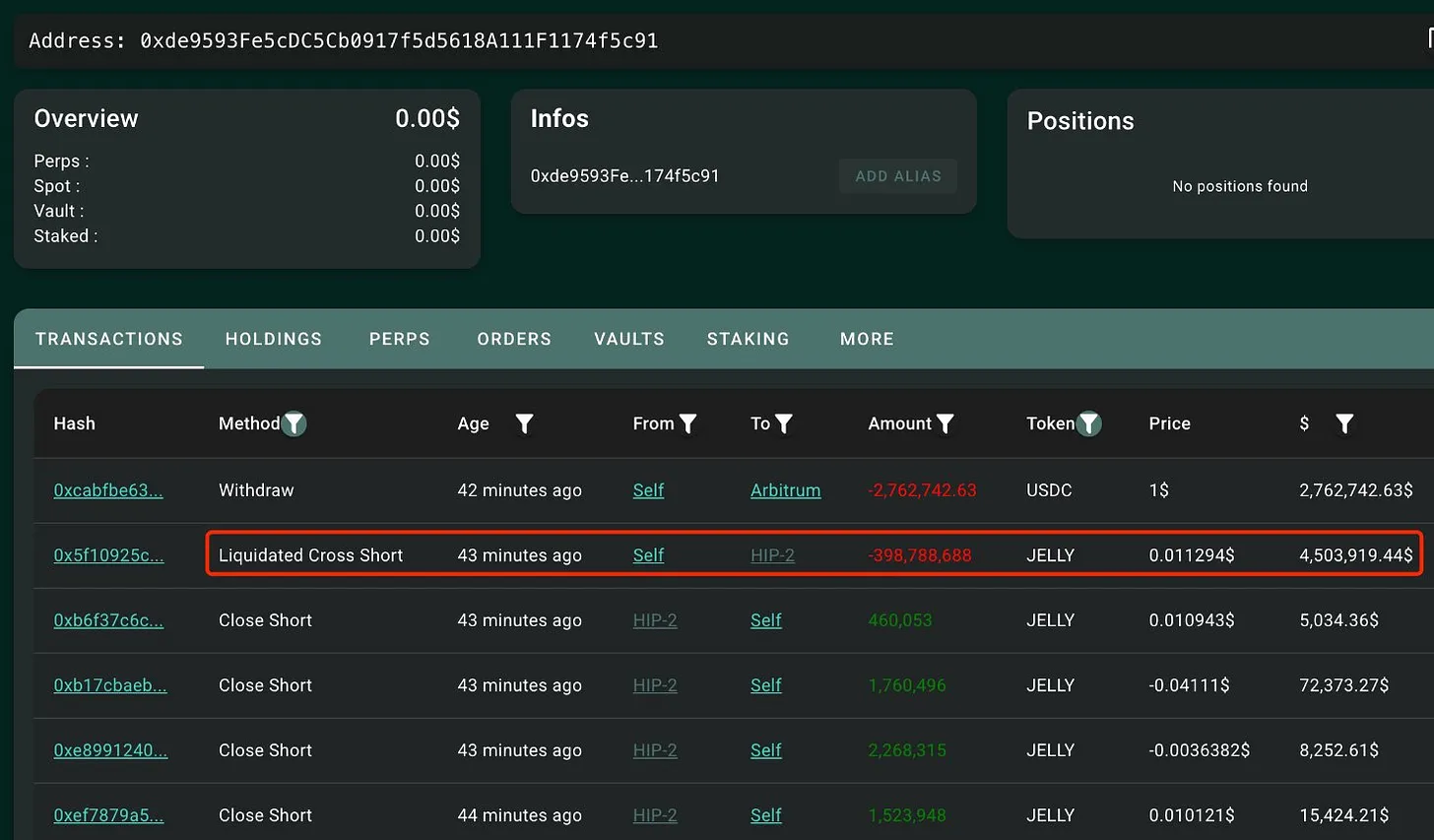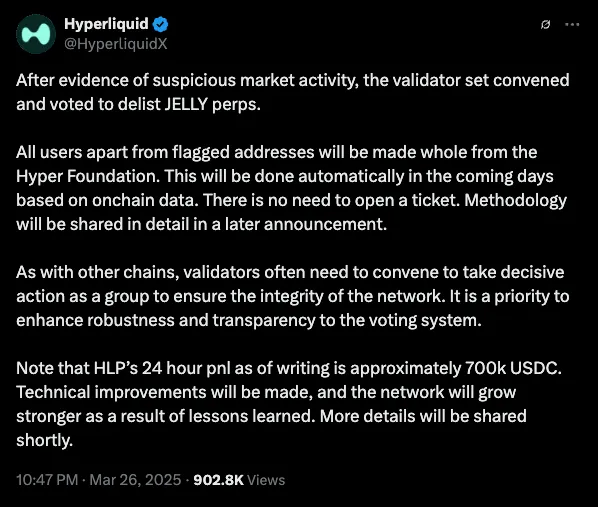In a world where everyone is watching, even good actors can get hurt.
Author: Tiger Research
Source: Tiger Research
Translation: Baihua Blockchain

Summary (TL;DR)
Blockchain transparency enables the community to detect misconduct and redistribute power, but it also brings new vulnerabilities. Today, transparency is both an asset and a liability for Web3 projects, creating pathways for strategic attacks and crowd-driven volatility. While transparency amplifies systemic risks—including internal exposure and protocol exploitation—abandoning transparency would contradict the fundamental principles of open verification and decentralized trust in Web3. The long-term success of Web3 will not be achieved by hiding activities, but by building sufficiently robust systems that operate and thrive under continuous public scrutiny.
1. New Risks of Transparency: From Monitoring to Attacks
Blockchain transparency has become a core value of the Web3 industry. Unlike centralized databases where a single entity controls data access, blockchain operates on a transparent and immutable ledger that all participants can verify in real-time. Transparency has now become a foundational element of Web3.
With this transparency, Web3 users can now monitor the projects they care about in real-time. They can track the wallet activities of founders, investors, and large holders, identifying suspicious token movements within minutes. In a Web2 environment, internal activities are often hidden behind private bank accounts, inaccessible to the public. In contrast, the radical transparency of Web3 immediately exposes all transactions. Compared to traditional finance, where such disclosures might take months, the real-time visibility of blockchain represents a transformative shift.
However, this shift introduces a structural paradox. Transparency was originally intended to enhance accountability and user oversight, but it is increasingly being weaponized to attack projects and large holders, even in the absence of evidence of unethical behavior.
This report explores the dual effects of blockchain transparency and poses a critical question: Should Web3 pursue absolute transparency at all costs?
2. The Double-Edged Effect of Transparency
2.1 Positive Effects: Exposing Internal Behavior and Restoring Market Fairness
 Source: Tiger Research
Source: Tiger Research
In 2024 and 2025, a series of internal monitoring actions revealed that team wallets, influencers, and early supporters seemed to be involved in token sales for some projects. These internal activities were immediately exposed through blockchain transparency, triggering a strong backlash from the community.

For example, Bubblemaps flagged suspicious concentration of the $HAWKToken. Source: Bubblemaps
In the case of the HAWK Memecoin, it was discovered that over 96% of the token supply was concentrated in the hands of the project team and its affiliates. Following this revelation, the market reacted sharply: the token's market cap plummeted from a peak of $500 million to below $60 million, prompting regulatory scrutiny and undermining its credibility.
Blockchain transparency enables the community to act as real-time enforcers. Whether it’s influencers or project teams led by anonymous founders, failure to interact transparently often results in accusations of manipulation, even if their actions technically comply with legal requirements.
Although transaction data is publicly visible to all participants, interpreting its significance remains a complex task. Accurately understanding the intent and context behind each transaction requires expertise, making it difficult for ordinary users to fully interpret the information. However, with advancements in on-chain analysis tools, this gap is gradually narrowing. Users are increasingly able to extract actionable insights from complex transaction flows and apply them to their decision-making processes.
2.2 Negative Effects: Transparency Backfires on the Platform Itself
Today, advanced on-chain analysis tools make it easier for participants to access and interpret blockchain data. However, this increased visibility also brings new risks. Projects with weak governance structures or highly concentrated token distributions face a higher risk of manipulation and coordinated exploitation.
 A frenzy of withdrawals led to losses for Hyperliquidity Provider (HLP). Source: Lookonchain
A frenzy of withdrawals led to losses for Hyperliquidity Provider (HLP). Source: Lookonchain
On March 26, 2025, Hyperliquid encountered a new type of protocol-level risk, which was facilitated by the very transparency it advocated. According to analysis from Arkham, the sequence of events was as follows:
- The attacker analyzed Hyperliquid's public liquidation thresholds and HLP treasury size, calculating the precise liquidation point.
- Using three wallets, the attacker opened a $4.1 million short position and two long positions ($2.15 million and $1.9 million), artificially driving up the price of JELLY.
- As the price of JELLY rose, the first short position was liquidated, transmitting losses to the HLP treasury.
- External traders joined long positions due to rumors of OK listing and anticipated short squeezes, exacerbating price volatility.
- Hyperliquid forced the delisting of JELLY and closed all open positions at $0.0095 to contain systemic risk.
Hyperliquid's architecture publicly displayed treasury exposure, margin levels, liquidation thresholds, and open positions, inadvertently enabling attackers to exert precise pressure. In this case, transparency not only failed to prevent manipulation but also facilitated real-time coordinated financial attacks.

Hyperliquid's official statement regarding the manual delisting of JELLY. Source: @HyperliquidX
Ironically, the transparency that Hyperliquid championed led to financial losses and raised broader concerns about its governance and resilience. To prevent further systemic damage, the team was ultimately forced to delist JELLY—this necessary action contradicted the principles of decentralization.
Other projects may face similar risks. Even with sound technical design, transparent protocols remain vulnerable to unexpected attacks. Without accompanying defensive mechanisms and clear response frameworks, transparency, while intended to build credibility, can become a source of systemic instability. In this case, transparency is not only an advantage but also a strategic vulnerability.
2.3 Neutral Effects: Transparency as a Tool for Collective Strategy
The outcomes of transparency cannot be simply categorized as positive or negative. In some cases, transparency serves as a tool where the promotion of market integrity blurs the line with the pursuit of individual self-interest.

Public calls to hunt down Hyperliquid whales drew high-profile attention. Source: @Cbb0fe
This emerging trend is clearly reflected on Hyperliquid, where some investors began targeting large traders solely based on visible positions. A notable case involved a trader named CBB, who publicly called for the coordinated liquidation of a whale, claiming to have mobilized eight-figure funds. Importantly, the targeted trader had not violated any protocols or engaged in misconduct; the sheer size of their position made them an inevitable target.
Moreover, this behavior reflects a psychological pattern in Web3 akin to a modern iteration of "David versus Goliath." In traditional narratives, David is portrayed as the righteous underdog, while Goliath, despite being a powerful soldier in the same arena, is seen as the opponent due to his strength. Similarly, in the Web3 environment, large holders often become symbolic targets, regardless of their intentions or actions. Visibility amplifies perception, and perception, rather than fact, increasingly shapes collective behavior.
Innocent investors may suffer reputational damage or financial losses simply due to visibility. The fear of being publicly targeted may deter large-scale capital from entering the ecosystem, ultimately limiting growth opportunities for new projects. At the same time, organized collective behavior may consolidate power within influential groups, ironically creating new forms of centralization in a system originally designed to be decentralized.
3. New Reality: Should Projects Be More Transparent?
Transparency in Web3 is a double-edged sword. On the positive side, it enables the community to expose internal misconduct and redistribute market power through collective action. On the negative side, it exposes projects to unexpected attacks, including strategic market manipulation. While transparency aims to build trust, it can also become a catalyst for systemic instability.
Despite these risks, abandoning transparency is neither feasible nor desirable for most Web3 projects. Transparency is at the core of the Web3 spirit: it enables open verification, reduces information asymmetry, and shifts trust from centralized intermediaries to decentralized systems. Without transparency, the core principles that distinguish Web3 from traditional finance and technological structures would be eroded.
Rather than abandoning transparency, projects must develop strategies to coexist with it. This includes embedding resilience in protocol design, establishing clear crisis management frameworks, and proactively managing perceptions and communications with the community.
For example, some projects are establishing DAO-based emergency procedures to ensure that interventions are governed by transparent and community-approved frameworks. Other projects regularly conduct bug bounty programs to identify vulnerabilities before they can be exploited.
Transparency in Web3 cannot be reduced; it is a structural inevitability. Projects must recognize that transparency will continue to amplify both opportunities and risks. Successful projects are not those that hide better, but those that build sufficiently robust systems to withstand being seen.
Link to the article: https://www.hellobtc.com/kp/du/05/5780.html
Source: https://reports.tiger-research.com/p/web3-paradox-how-transparency-builds-eng
免责声明:本文章仅代表作者个人观点,不代表本平台的立场和观点。本文章仅供信息分享,不构成对任何人的任何投资建议。用户与作者之间的任何争议,与本平台无关。如网页中刊载的文章或图片涉及侵权,请提供相关的权利证明和身份证明发送邮件到support@aicoin.com,本平台相关工作人员将会进行核查。




